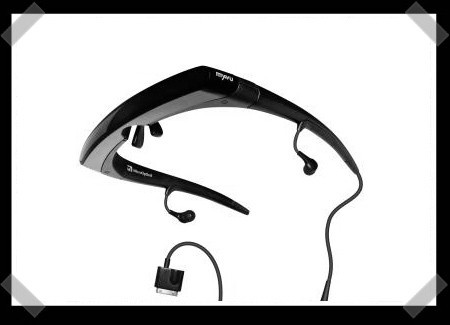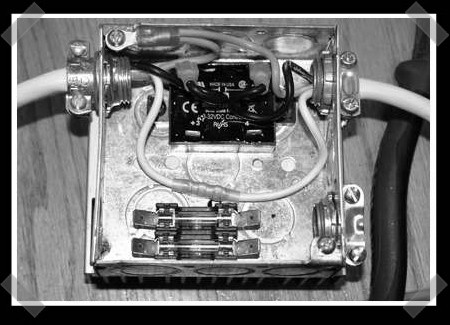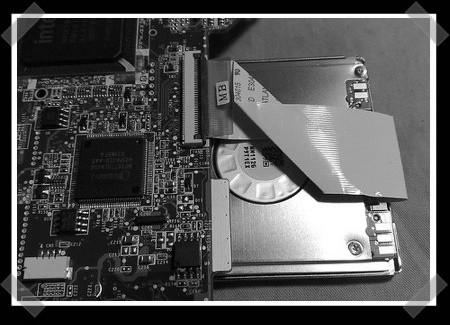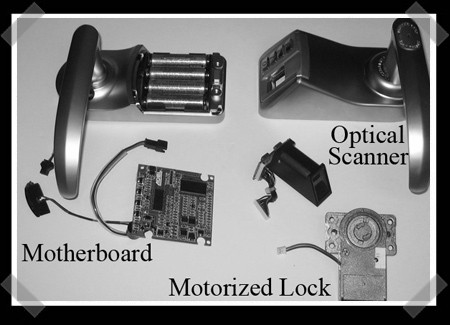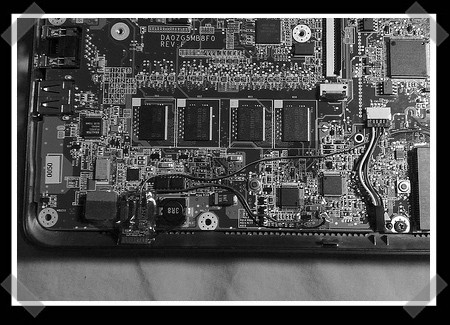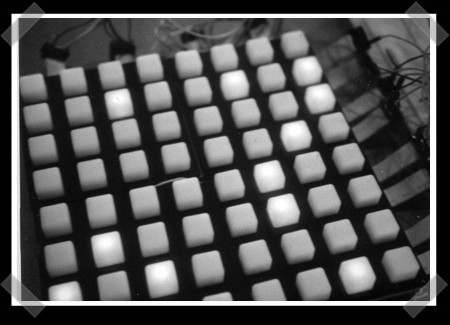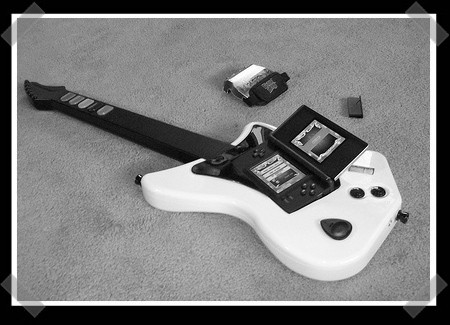
[Eric Ruckman] sent us this awesome Guitar Hero hack. He wanted to get a more “true to the series” game play out of his DS when playing Guitar Hero: On Tour. If you’ve seen the adapter that comes with it, you’ll understand his desires. He found a wireless PS2 Guitar Hero controller on EBay to hack.
He’s cut a hole in the controller and removed all the guts. In the picture above the DS fits in the hole to allow strumming in the correct position. The controller buttons are connected to the DS by wiring into the adapter. He’s added an FM transmitter to the controller so he can play the sound through his home sound system.
Continue reading “Hack Guitar Hero DS Into A Guitar Controller”

